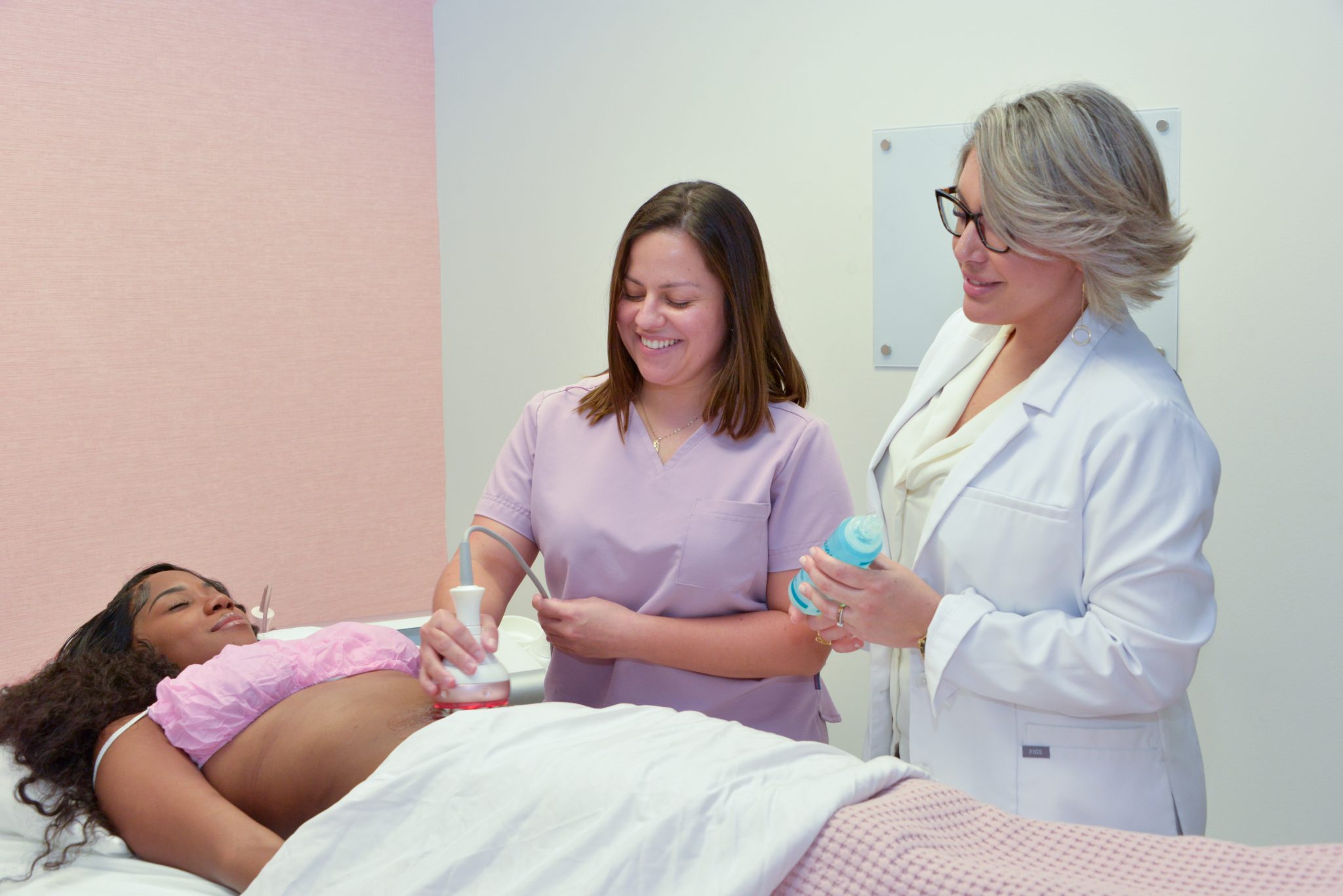Recovering from surgery can be a complex process, with each stage requiring different care strategies. In recent years, radiofrequency (RF) technology has emerged as a promising tool for enhancing post-operative recovery. However, the timing of its application is crucial. This article delves into the benefits of RF in post-operative recovery, specifically when used weeks after surgery, beyond the acute inflammatory phase.
The Science Behind Radiofrequency
Radiofrequency involves the use of electromagnetic waves to generate heat, which has therapeutic applications. While RF has been widely used in aesthetics for skin tightening and cellulite reduction, its potential extends far beyond. Recent studies suggest that RF, when applied at the right time, can significantly aid in post-operative recovery.
Radiofrequency in Pain Management
One of the primary applications of RF in post-operative recovery is pain management. A study titled “Application of Pulsed Radiofrequency Currents to Rat Dorsal Root Ganglia Modulates Nerve Injury–Induced Tactile Allodynia” explored the use of pulsed radiofrequency (PRF) currents for pain relief. The study found that PRF treatment resulted in a significant reduction in pain1. This suggests that RF, when applied weeks after surgery, could potentially be used as a non-invasive method for managing post-operative pain.
Radiofrequency in Tissue Healing
RF can also aid in tissue healing, a crucial aspect of post-operative recovery. The heat generated by RF can stimulate collagen production, which is essential for wound healing. Moreover, RF can enhance blood circulation in the treated area, providing the tissues with the necessary nutrients and oxygen for healing. However, it’s important to note that RF treatments should not be used during the acute inflammatory phase immediately after surgery, as it could potentially exacerbate inflammation. The optimal timing for RF treatment is weeks post-surgery, once the acute inflammatory phase has subsided.
Conclusion
The use of radiofrequency in post-operative recovery presents a promising avenue for enhancing patient outcomes. Its potential benefits in pain management and tissue healing could significantly improve the recovery process, reducing the burden on patients and healthcare providers alike. However, the timing of RF treatment is crucial. RF should ideally be used weeks after surgery, once the acute inflammatory phase has subsided. As we continue to explore and understand this technology, we move closer to a future where recovery from surgery is a smoother and more comfortable journey.
Sources
- Perret D, Kim DS, Li KW, Sinavsky K, Newcomb RW, Miller J, Luo Z. Application of Pulsed Radiofrequency Currents to Rat Dorsal Root Ganglia Modulates Nerve Injury–Induced Tactile Allodynia. Anesthesia & Analgesia. 2011;113(3):610-616. DOI: 10.1213/ANE.0b013e31821e974f






